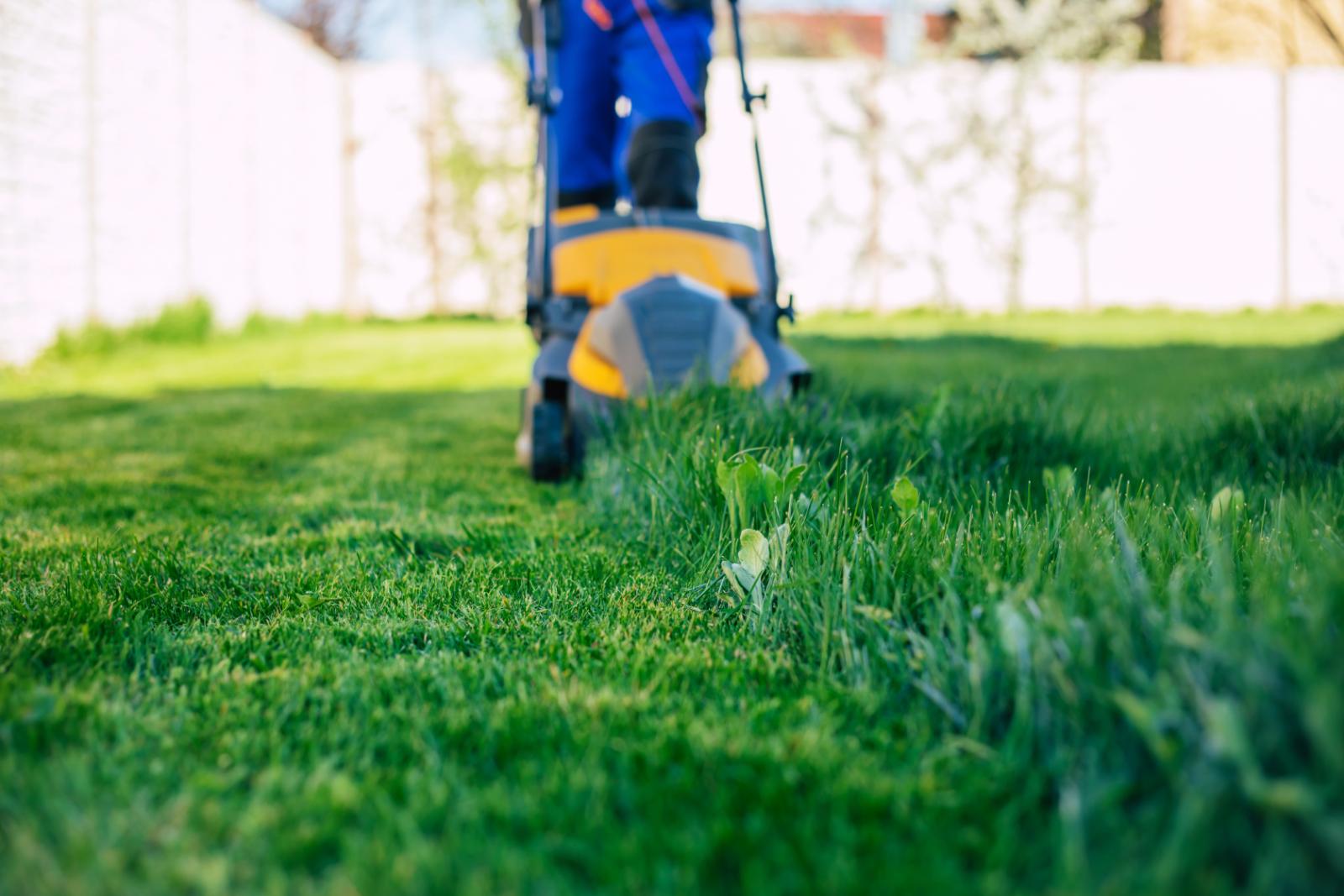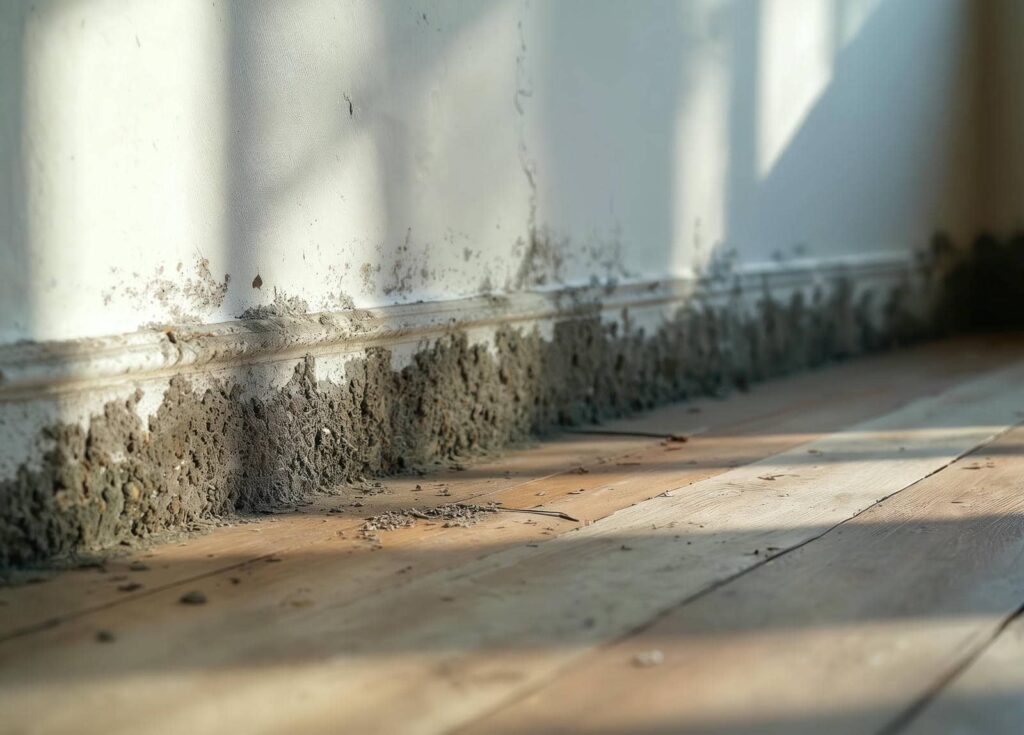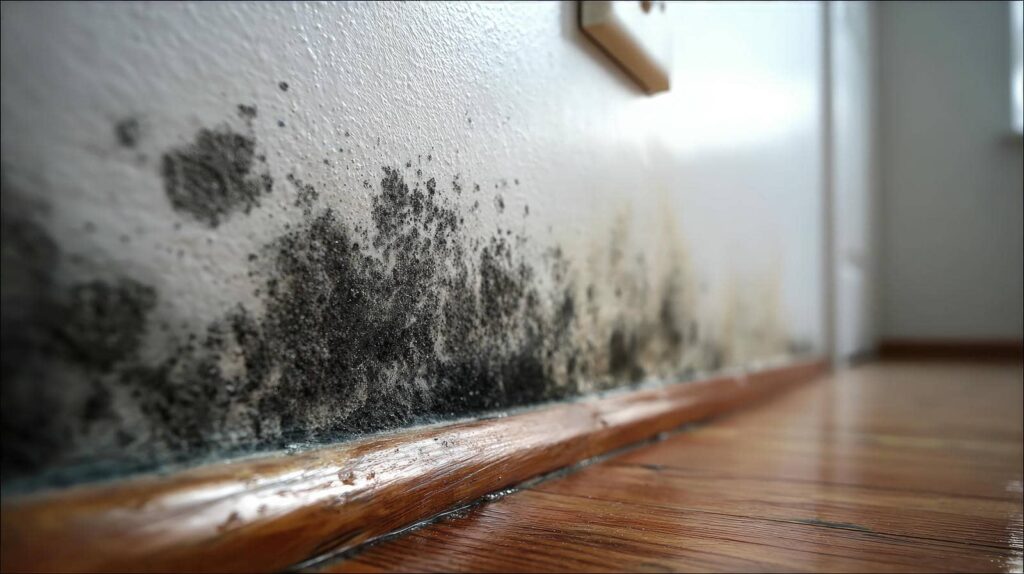Contents
To enhance the health of your grass through soil aeration techniques, it’s important to understand the impact of proper oxygenation on your lawn’s vitality. Employing various aeration methods can promote robust root systems and nutrient absorption, leading to a more resilient turf. But what about the specific benefits of core aeration and the ideal timing for this process? These are key considerations that can greatly influence your grass’s overall health and appearance. Stay tuned to uncover the secrets behind maximizing the benefits of soil aeration for your lawn.
Key Takeaways
- Proper aeration promotes deep-root growth and nutrient uptake.
- Various methods like spike and core aeration improve soil structure.
- Core aeration enhances soil health and water drainage.
- Aerate during active growing seasons for best results.
- Choose aeration techniques based on lawn needs and timing.
Importance of Soil Aeration
To maintain lush and vibrant grass, understanding the importance of soil aeration is essential for peak grass health. Soil aeration, which involves the process of ensuring adequate soil oxygenation, plays a vital role in promoting ideal nutrient uptake by the grassroots. When soil is compacted, it restricts air and water movement within the soil, hindering root development and ultimately impacting the grass’s ability to absorb essential nutrients.
Furthermore, proper soil aeration enhances water retention within the soil, prevents runoff, and promotes deeper root growth. Adequate soil oxygenation also creates a favorable environment for beneficial soil organisms, contributing to nutrient cycling and soil health. By allowing oxygen to reach the roots and facilitating the movement of water and nutrients, soil aeration sets the foundation for a healthy and thriving grass ecosystem.
In the upcoming sections, we’ll explore various methods for lawn aeration, providing guidance on how to implement these techniques effectively and achieve ideal grass health.
Methods for Lawn Aeration
Implementing effective lawn aeration methods is essential for optimizing grass health and promoting a thriving ecosystem in your yard. Here are some key methods for lawn aeration:
Spike Aerators: Spike aerators are tools that create small holes in the soil by puncturing the ground with spikes. This method helps improve soil drainage, reduce compaction, and enhance the flow of air, water, and nutrients to the grassroots.
Liquid Aeration: Liquid aeration involves applying specially formulated liquid solutions to the soil. These solutions contain compounds that help break up compacted soil, allowing for better air circulation and water absorption. Liquid aeration is a convenient alternative to mechanical methods.
Mechanical Aerators and Manual Methods: Mechanical aerators, such as core aerators, use hollow tines to remove small plugs of soil from the ground. This process helps alleviate compaction and allows for enhanced root growth. Manual methods, like using a hand aerator or pitchfork, can also be effective for small areas or spot treatments.
Benefits of Core Aeration
Core aeration is a proven method to enhance soil health and promote robust grass growth in your lawn. By perforating the soil with small holes, core aeration allows for increased oxygenation, which is essential for the roots of your grass to thrive. This process facilitates better air circulation in the soil, preventing compaction and promoting the growth of beneficial microorganisms.
One significant benefit of core aeration is improved drainage. When soil compacts, water struggles to penetrate the surface and reach the grassroots effectively. Through core aeration, water can infiltrate the soil more efficiently, preventing waterlogging and enhancing overall soil structure.
Studies have shown that core aeration leads to healthier grass with deeper root systems, making it more resilient to drought and foot traffic. The increased oxygen flow and improved drainage resulting from core aeration contribute to a lush, vibrant lawn that you can enjoy throughout the seasons.
Timing and Frequency Considerations
Consideration of the best timing and frequency for soil aeration plays a significant role in maximizing the health and vitality of your grass. To ensure you achieve peak results, follow these key points:
Best timing: The most suitable time to aerate your soil is during the active growing season of your grass. For cool-season grasses, spring or fall are ideal, while warm-season grasses benefit most from aeration during late spring to early summer. Avoid aerating during periods of stress, such as drought or extreme heat, as this can harm the grass.
Regular aeration: Consistently aerating your soil helps maintain healthy grass growth. Depending on your soil type and grass condition, aim to aerate once or twice a year. Heavily compacted soils may require more frequent aeration to alleviate compaction and promote better root growth.
Observation and adjustment: Monitor your grass for signs of compaction, such as pooling water or thinning turf. Adjust the timing and frequency of aeration based on the specific needs of your lawn to keep it lush and vibrant.
Implementing Aeration for Better Grass
To ensure peak grass health, initiating aeration practices effectively impacts root development and overall turf vigor. Aeration benefits include enhancing soil structure, promoting better water and nutrient infiltration, and reducing soil compaction. By aerating your lawn, you create channels that allow oxygen to reach the grassroots, stimulating growth and resilience. This process also aids in breaking down thatch, preventing its buildup and allowing for better nutrient absorption. Grass rejuvenation is a key outcome of proper aeration, as it encourages new root growth and strengthens existing roots, leading to a healthier and more vibrant lawn.
When implementing aeration for better grass, consider the type of aeration method that best suits your lawn’s needs. Core aeration, for instance, is excellent for heavily compacted soils, while spike aeration can be used for more routine maintenance. For optimal results, the timing and frequency of aeration should align with your specific grass type and local climate conditions. Monitoring the condition of your grass post-aeration will help gauge the effectiveness of the process and guide future lawn care decisions.
Review
Soil aeration techniques are the key to unleashing the full potential of your lawn.
Just as oxygen is crucial for our health and vitality, proper aeration breathes new life into grass, allowing it to thrive.
By investing in regular aeration practices, you aren’t only promoting the growth of strong, resilient grass and nurturing a vibrant ecosystem beneath the surface.
Embrace the power of aeration to cultivate a truly healthy and vibrant lawn.




